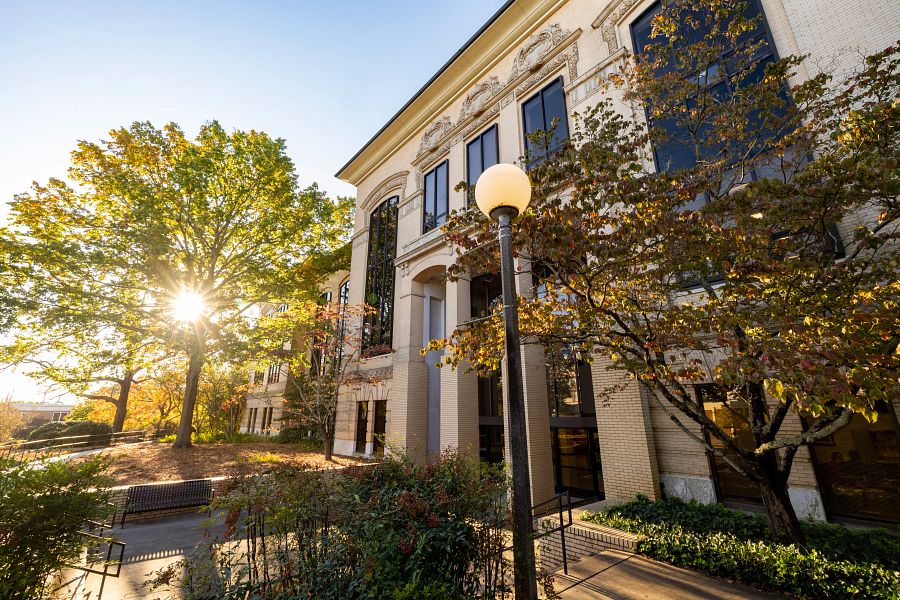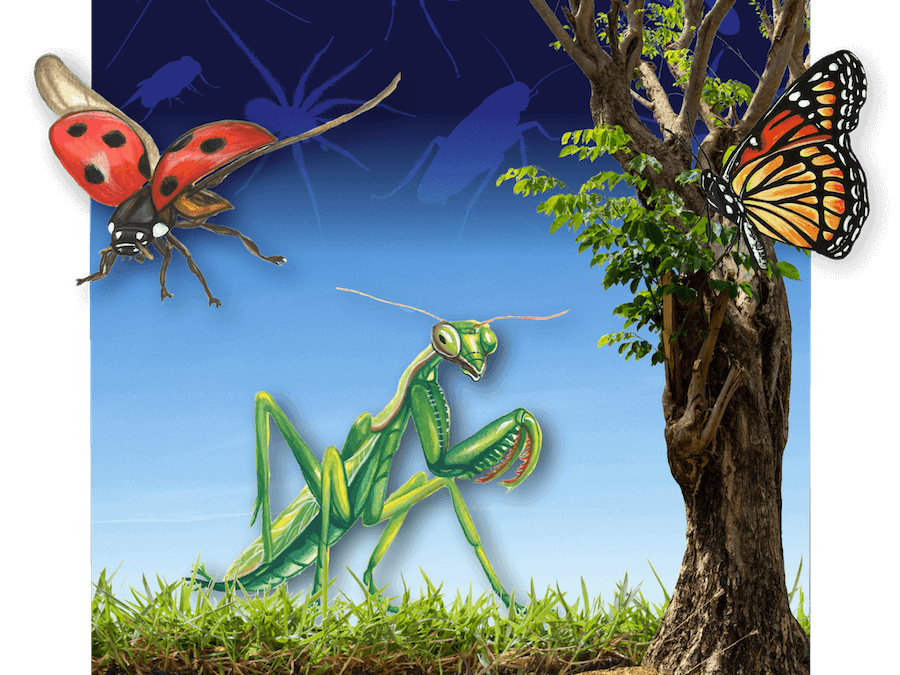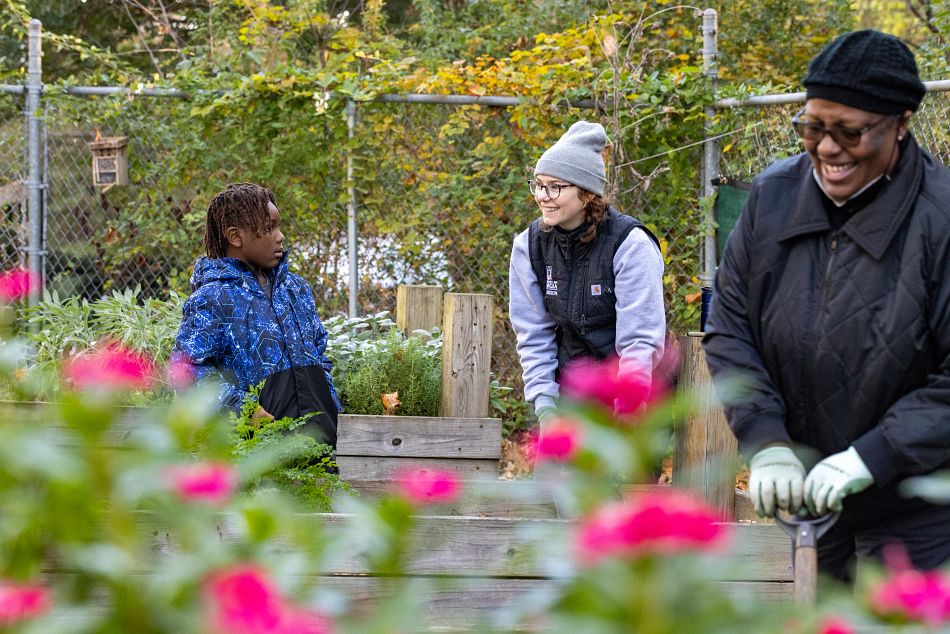While you're picking this year's fruits from your backyard orchard, it's time to start thinking about next year's harvest.
"Next year's fruit crop depends greatly on the plants' health this year," said Gerard Krewer, an Extension Service horticulturist with the University of Georgia Extension Service.
Making sure your fruit plants are properly fertilized now helps the plants in two ways, Krewer said.
Making Flowers and Charging Batteries
First, flower buds are forming now that will produce next year's crop.
"The number of flowers you have next spring will be determined this year," Krewer said. The more flowers you start with, the better your chances of having a crop after a spring frost.
Second, fruit plants are charging up their batteries now. They'll crank up next spring on the strength of the energy reserves they build up between now and their fall shutdown.
"For the first 30 days or so next spring, a fruit plant will depend on its stored reserves," he said. "Those are the reserves it's producing this fall and storing in its roots and stems."
Don't rush out and start pouring on the fertilizer, though. "Too much fertilizer could do more damage than good," Krewer said. "The plant could wind up making less fruit instead of more."
Too much fertilizer now, he said, could cause the plant to grow too much in late summer and increase shading in the plant's interior, resulting in fewer flower buds. Excessive growth is also more susceptible to cold injury this fall and winter.
Take a Soil Sample to Determine Needs
The ideal thing to do, Krewer said, is to take a soil sample to the county extension office. Get an analysis of your plants' precise fertility needs.
"Summer is a great time to pull a soil test," he said. "The readings will be closer to the actual soil conditions the plants experience during the growth season. The pH goes down this time of year. So you get a better picture of your liming needs."
One benefit of soil testing is that you can often save on fertilizer costs. "Often plants require only nitrogen in the summer," he said.
If you really don't want to run a soil test, the next best thing is to use a balanced, premium-grade fertilizer.
That would supply the main nutrients plants need -- nitrogen, phosphorus and potassium -- in balanced amounts. It would also provide the micronutrients needed for good growth.
What's Best for Berries, Isn't for Pears
For many fruit trees, a seat-of-the-pants rule is to apply 1 pound of premium-grade 10-10-10 per inch of trunk diameter. But don't apply more than 3 pounds per tree in late summer.
"For pears, apply a little less than that," Krewer said. "Pears are prone to put on too much vegetative growth if you fertilize them too much."
For blueberries, he said, apply 1 ounce of the same fertilizer per foot of bush height. But don't apply more than 6 ounces per bush.
In rich soils or where fruit plants often grow too much, he said, cut any of these rates by one-half to two-thirds.
Be prepared to fertilize again next spring, just before or during bloom. "Fruit plants usually need fertilizer every spring and every summer after harvest," Krewer said.






